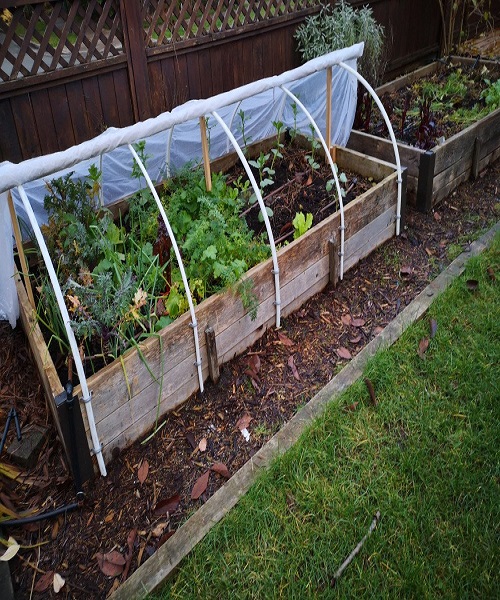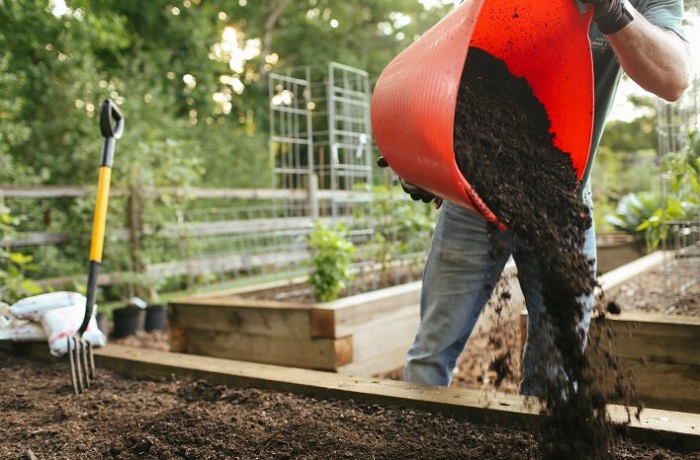Beginner and seasoned gardeners alike have a great deal of love for raised beds. They’re a good option for people who have a small space. You can never go wrong with a raised garden bed in your yard. Soil erosion does not affect them. As a result, these plants are drought-resistant.
If you don’t get it properly the first time, the raised bed can be a cause of frustration.
To keep your raised bed from becoming an eyesore that makes you feel bad every time you look at it, here are some of the most common mistakes people make that you need to avoid.
Every one of these mistakes can be avoided with a little careful planning at the start.
Failure to Plan
There are a number of typical mistakes that people do when it comes to gardening, and one of the most common is not planning ahead.
There are so many great articles out there on what to do and what not to do that it’s easy to skim through them without taking the time to plan everything out. When the weather warms up, we scramble to put something together, and as the growing season unfolds, we stumble over the very problems we were trying to avoid in the first place. After all this time, our guilt is deepened by the realization that we should have planned ahead to avoid these problems in the first place but chose not to do so.
You intend to provide sustenance as well as a source of stress relaxation and enjoyment of the outdoors. So, make this time of planning enjoyable rather than drudgery by having fun with it.
Pay Attention to the Location of Your Raised Bed
Despite the importance of this one, we tend to disregard it.
Pay attention to the path of the sun in relation to where you plan to build raised beds in your yard. Observe how the shadows change over the course of a week in that area of the yard at various times of the day. Consider the shadows cast by adjacent trees, buildings, or other structures, which are larger when they are covered in foliage.
Consider the direction in which your elevated beds will face as well. The raised beds need to face south in order to grow the best.
You can use SunCalc to figure out how the sun moves across your land, and it’s especially useful in the winter when you’re planning. Check it out if you haven’t already.
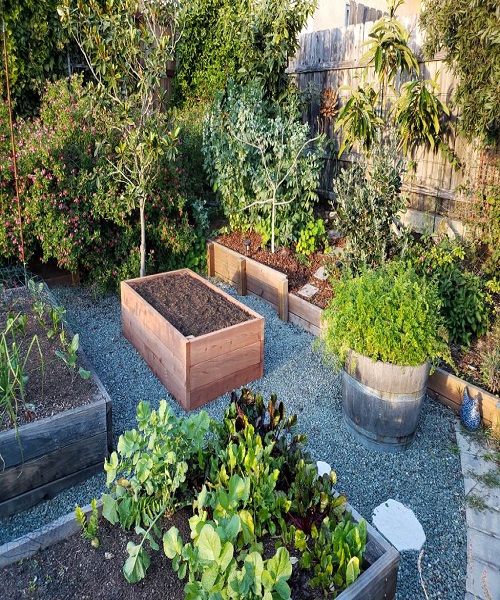
What is your irrigation strategy?
Nothing is more frustrating than trying to set up a drip irrigation system when your raised beds are full of vegetables and you realize how many visits to the tap are necessary for watering your plants.
Now is a good time to plan out how you will water your garden in the future. It’s acceptable if you’re going to water your plants by hand. Things like where the nearest water tap is to your home and how long a hose you’ll need to reach your raised beds are still important considerations. Installing a few rain barrels near to your beds is something you might want to think about.
Getting a handle on how this will all operate is the most critical step.
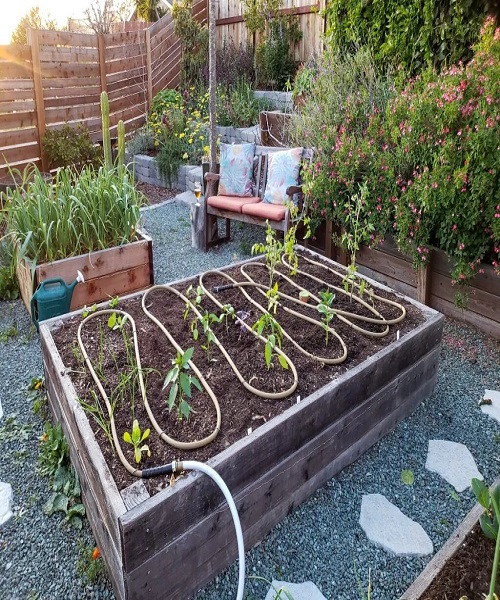
Making Use of Subpar Soil
Let’s face it: using native soil is something that we’d all like. It’s cheap and already available. However, most of us have soil that isn’t extremely fertile. Make the effort to conduct a soil test. That way, you’ll be able to determine whether or not you’ll have to start from scratch or whether you can adjust your local soil to make it work.
For optimum drainage, plant nourishment, and water retention, you need a well-balanced combination of media. We talk a lot about what plants require in terms of nutrition, but we don’t often acknowledge where that nourishment comes from—the soil.
Your plants will be unhappy if you start with soil that is low of nutrients and does not drain properly.
Start your vegetables out on the right foot with a high-quality soil mix.
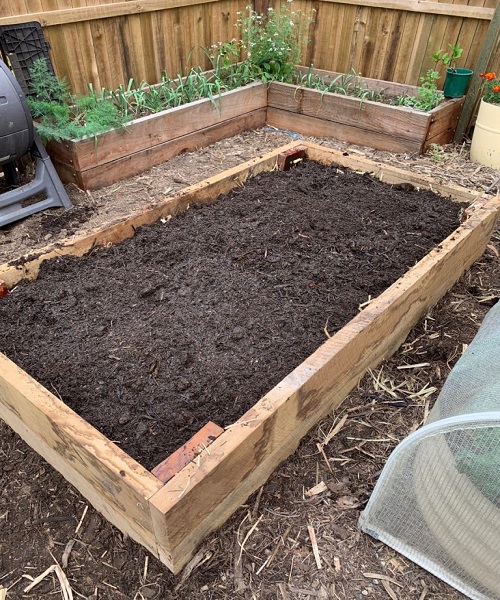
Using Wrong or Risky Building Materials
The environment where you live should be taken into account when determining what materials to use for your raised beds. As a result of its affordability and accessibility, wood is the most popular material for raised beds. However, with time, it degrades and eventually breaks down.
Wooden-raised beds will need to be replaced more frequently in Seattle than in Tucson due to the greater frequency of rain.
Before making a decision, think about the durability of the materials you’re considering using and the climate in which you live. Reclaimed bricks, cinderblocks, and stones are also acceptable options. A raised bed’s wall can also be constructed from tiny branches. As a rule of thumb, it’s always best to use what you have on hand.
Recycled railroad ties are one material that should never be employed. Creosote has been applied on the surface of these to increase their longevity. It takes time for the creosote to seep into the soil, which is bad news for plants and people alike.
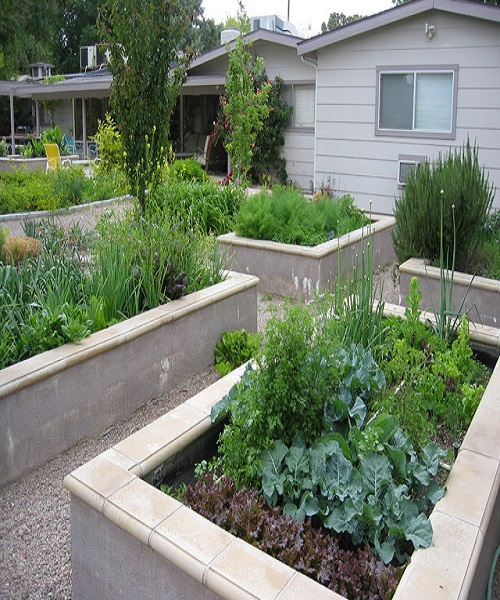
A word about pressure-treated wood
We’ve all heard the warning about using pressure-treated wood in vegetable gardens for many years, so let’s talk about it.
That’s because it was processed with chromate copper arsenate, or CCA, which included arsenic inorganics. Arsenic is yet another frightening word. Yes, arsenic is hazardous and even lethal at high levels. In order to get rid of this junk, we have to get rid of it from our bodies. As a result, even the tiniest amounts can accumulate over time and cause illness.
However, the EPA banned the sale of CCA pressure-treated wood in 2003 due to our (correct) concern that it would contaminate our soil and water supplies.
Copper is now used to treat wood in two different forms, neither of which human bodies are very good at absorbing and neither of which would hurt you unless you were exposed to really high levels. Plants, on the other hand, are terrible at absorbing these elements and will die if they do, and in that case, you won’t be harmed as well because you won’t be eating them.
Pressure-treated wood is still prohibited on certified organic farms because it contains a fungicide that protects the wood from insects and decay. That being said, if you’re aiming so high, then you may as well go with another material.
However, pressure-treated wood built after 2003 is safe to use in vegetable gardens, so let’s put this myth to rest.
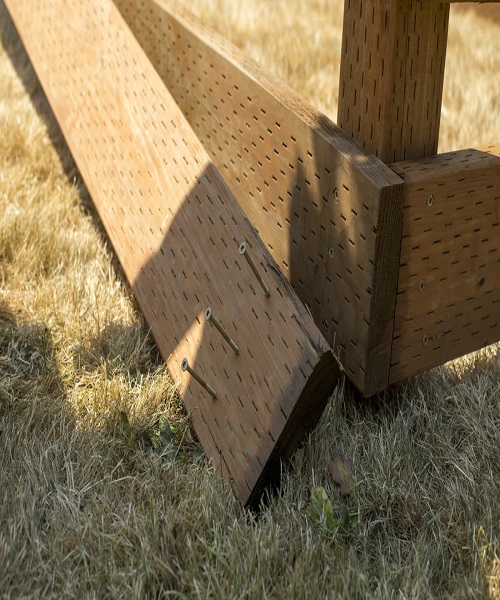
Goldilocks and the Incorrect Size Raised Bed
In general, it is suggested that your raised bed be 4′ across. This enables you to access the center of the bed from both sides. While this is a decent rule of thumb, you shouldn’t plan on all of your raised beds being 4′ across just yet.
Why?
What if you have short arms? Or do you want the kids to assist you with the gardening? What if your raised bed is right up against a wall? What if you have limited movement and can’t reach the two feet to the center of the raised bed?
Consider this information before deciding on the size of your raised bed. Perhaps the ideal raised bed for you is 3′ across.
It’s also critical to avoid making your raised beds too long. The convenience of having a raised bed is diminished if you have to walk twenty feet around to the other side.
Take some time to consider where your raised bed will be erected. Think about who will be utilizing it. Consider elevating the entire bed on stilts so you may stand next to it rather than kneel.
If you’re uncomfortable or in pain when gardening, you’re less likely to stick with it. This is supposed to be a fun activity, so plan ahead of time to make it so.
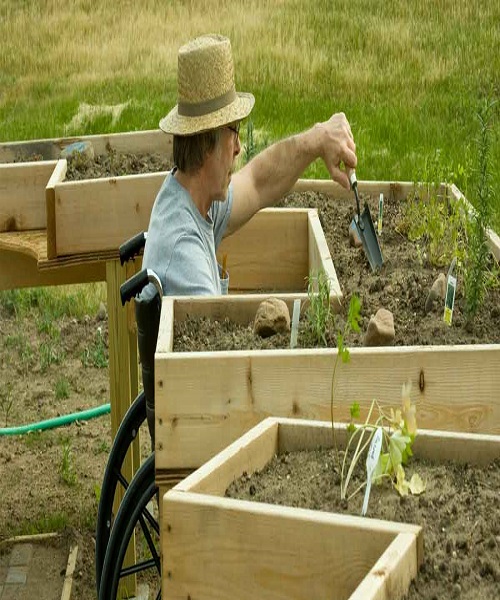
Plan Out Your Routes
Now that you’ve determined the size of your raised bed, don’t forget to consider the size of the paths surrounding it. You won’t be able to kneel comfortably between elevated beds if they are too close together.
And getting any kind of equipment between them will be a nightmare. If you can’t get a wheelbarrow full of compost between the rows, you’ll have to carry heavy shovelfuls back and forth. What about utilizing a weed trimmer? Is there enough space for you to do so safely? Consider measuring your garden tractor’s mower deck and spacing your raised beds so you can mow between them. It’s quite convenient.

Pathway Weed Control
Since we’re on the subject of pathways, don’t forget to think about how you’ll keep weeds at bay on yours. Most people focus on keeping their gardens weed-free and entirely disregard the paths.
Keep your walks weed-free to save yourself a lot of trouble. Weeds will be less likely to invade your raised beds as a result. Mulching around your raised beds is an excellent, natural way to keep the paths in good condition.
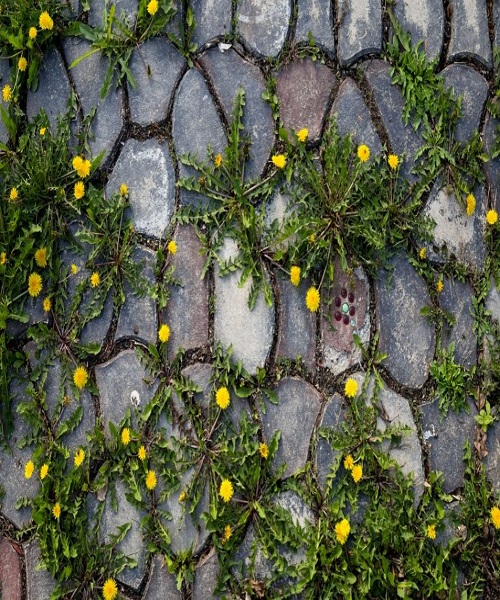
Shade
Don’t forget to plan the correct order for your vegetables once you’ve determined the correct orientation for your raised beds. Plant lesser crops first (from south to north), then mid-height crops, and finally your tallest crops at the back.
One exception is if you want to grow a taller crop first to provide shade for a less heat-tolerant veggie later on. But, once again, this all requires forethought and planning ahead of time.

Set Soil and Forget about It
Don’t forget to enrich the soil throughout the growing season.
When you’re not actively growing, always replace the soil. Remember that the soil is alive and will perish if it is not fed. Plan to replenish soil nutrients between crop rotations and at the end of the growing season.
Take care of your soil, and your plants will take care of themselves.
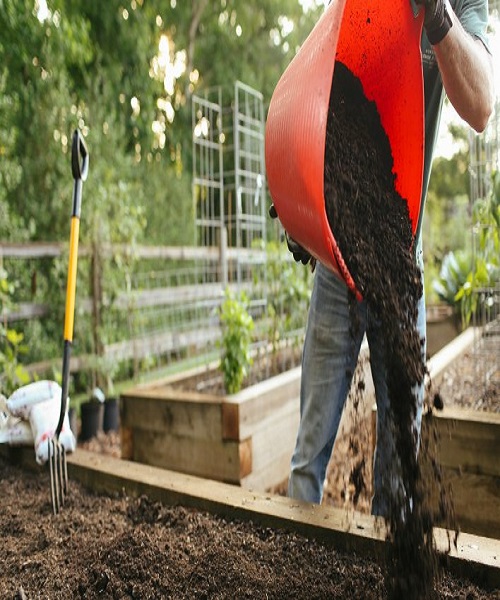
Failure to Mulch
Raised beds are micro-climates, and they dry out faster than a conventional garden. Mulch your raised beds once the plants have established themselves to keep them healthy and happy. Help your plants retain water and reduce weeds by using this method.
Having raised beds necessitates that you mulch them.
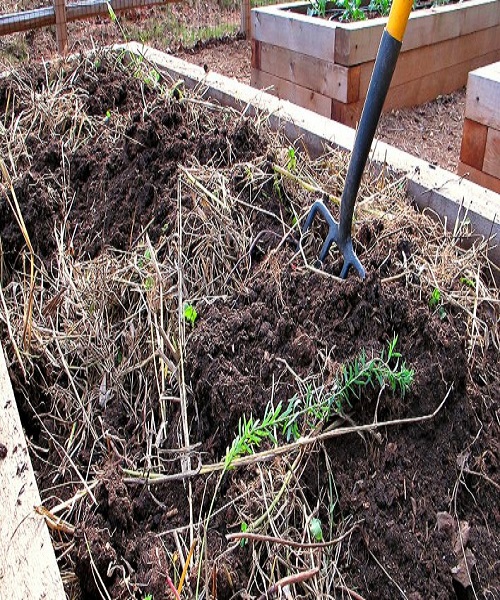
Label
Gardening has its share of mishaps, but this one is worth repeating. Identify your plants by the date they were planted and their species. You can either use a spreadsheet or put the labels on the beds themselves.
Because until the plants start growing, all the dirt looks the same. You’ll have no idea what’s sprouting in the western corner of that fourth bed until mid-July. This is extremely crucial.
Using Pesticides Near Your Raised Beds
Don’t make the mistake of constructing an organic raised bed only to have toxins from other areas of your land pollute it. Using your vegetables in an unprotected location exposes them to hazardous toxins carried by the wind or rain runoff.

Skipping Polytunnels
If you don’t use raised beds and tunnels together, you’re missing out on a lot. With the raised bed, you’ve already got everything you need for a tunnel. Adding a tunnel to the top of your garden beds will allow you to extend your growing season both ways. You may remove the tunnelling once the weather heats up in the spring and then add it back when it cools down.
Of course, there’s no substitute for actual experience as a teacher, regardless of how well you prepare. Once your raised beds are up and running, you never know what you’ll run into. That’s fine, too. You can use this information to enhance your growing beds for the upcoming season, and please tell us what the problem was so we can learn from it as well.
